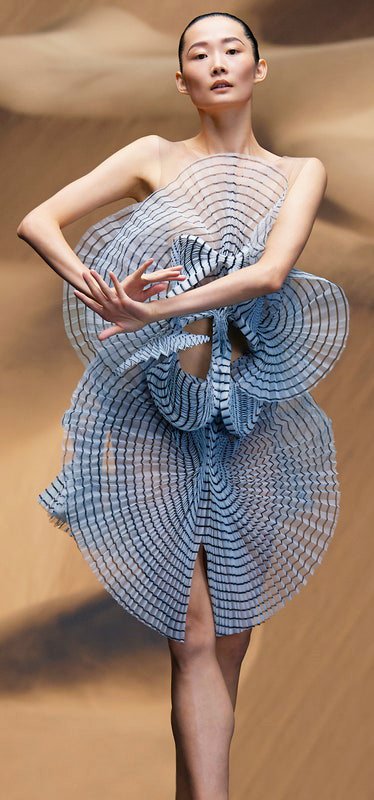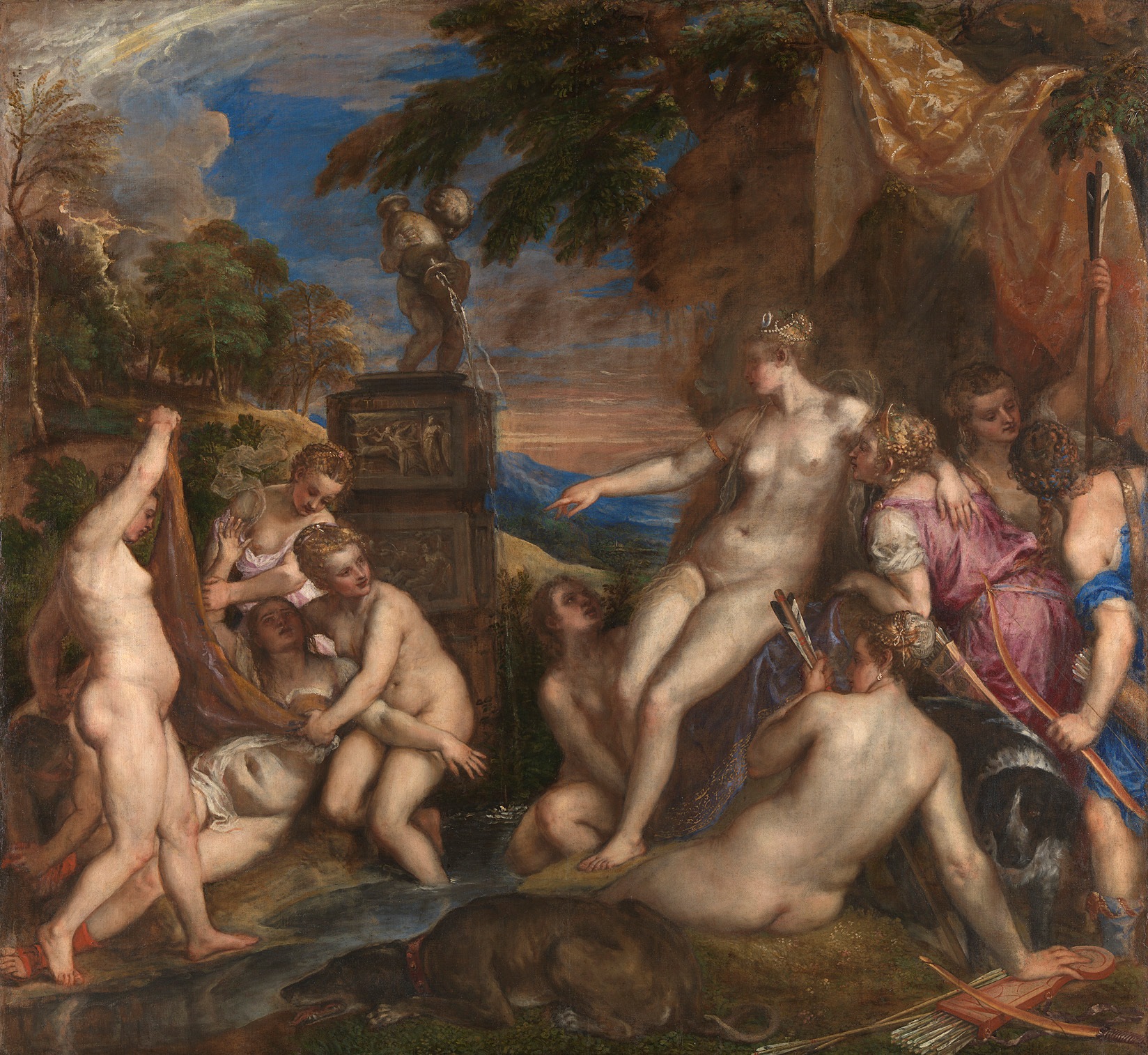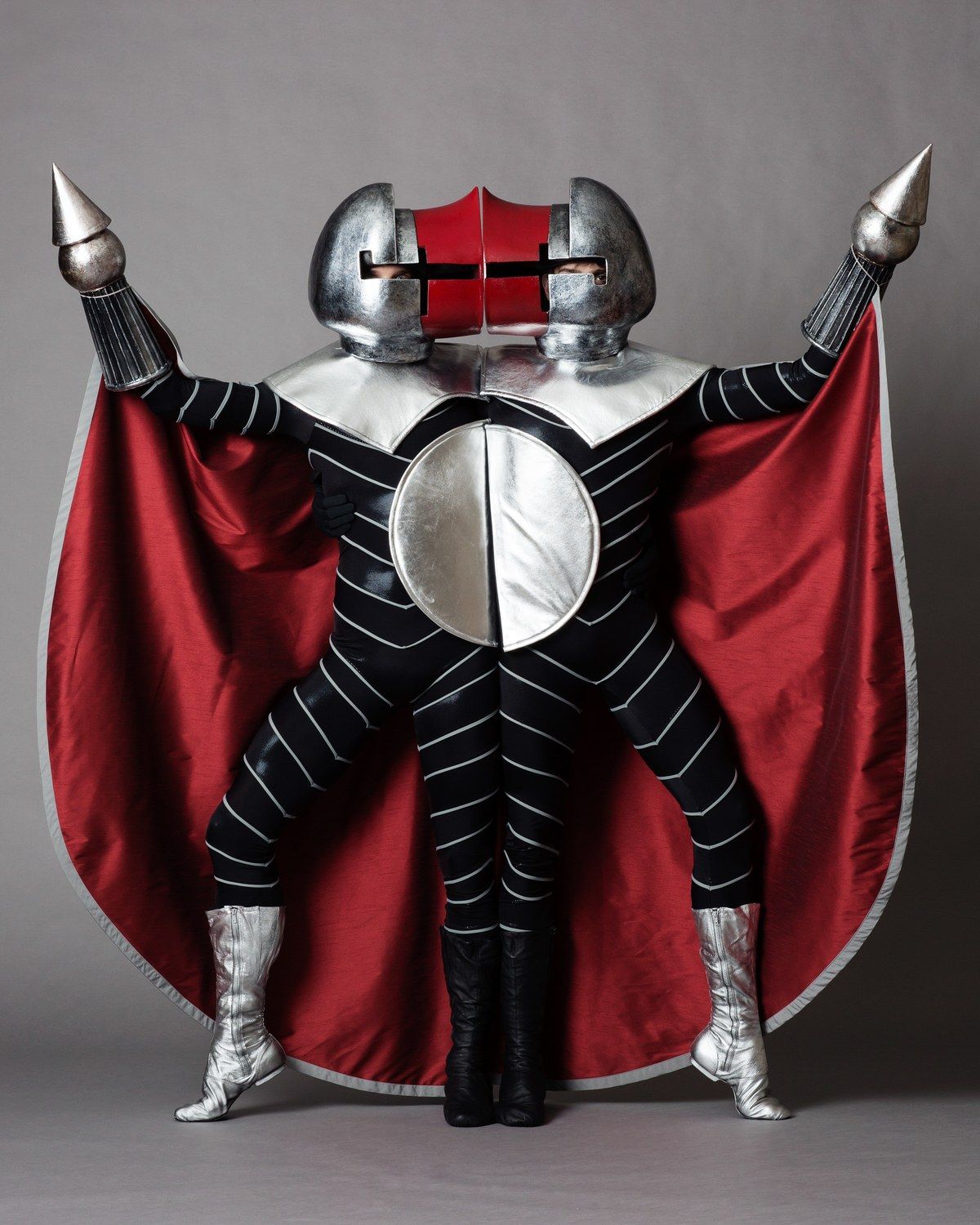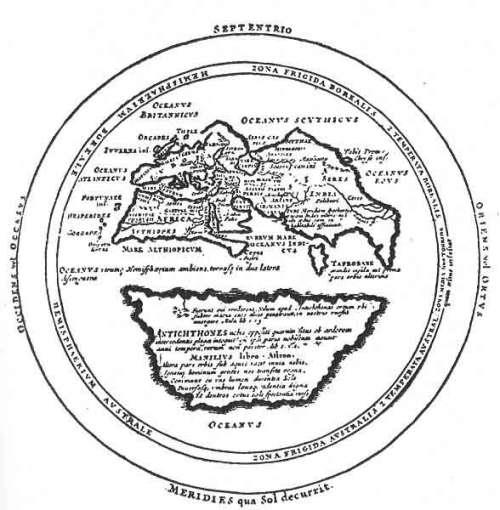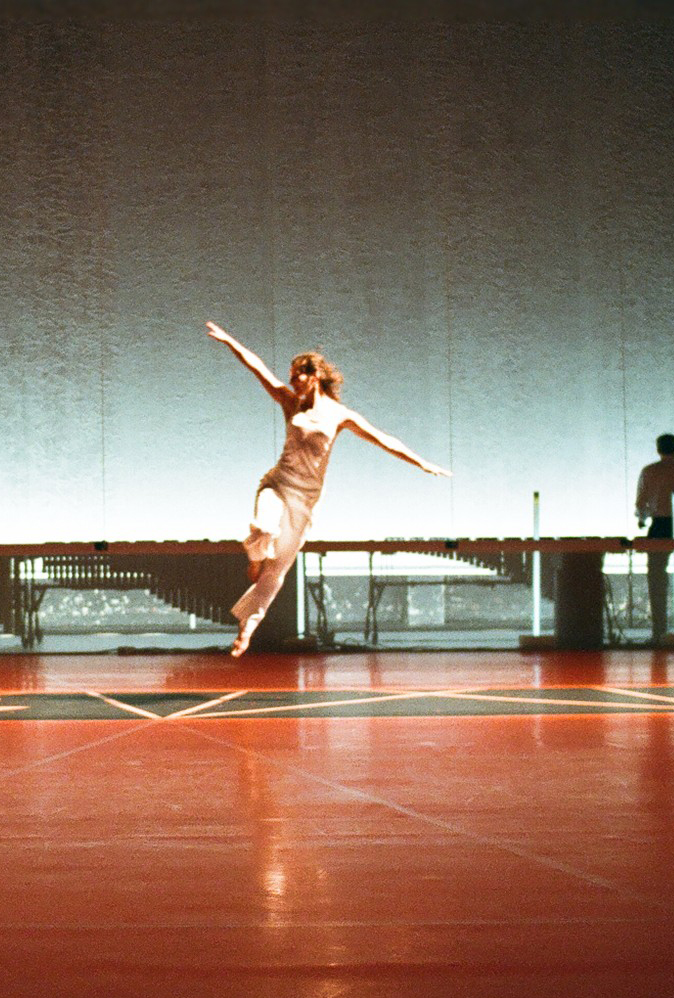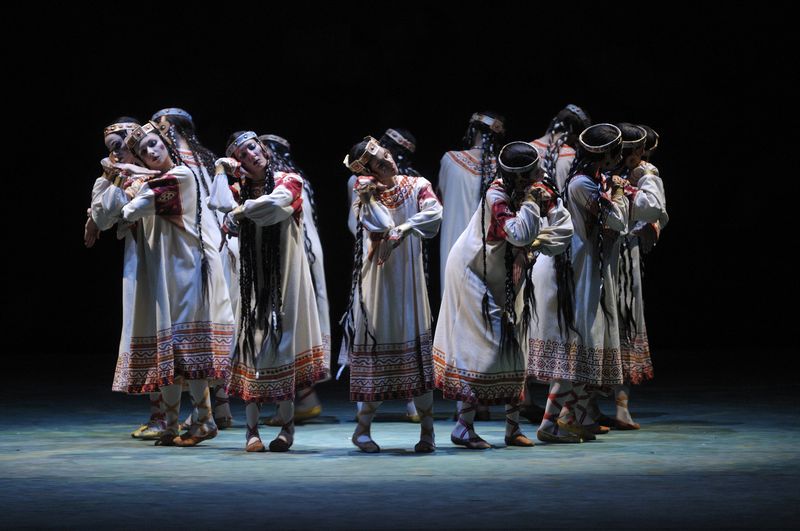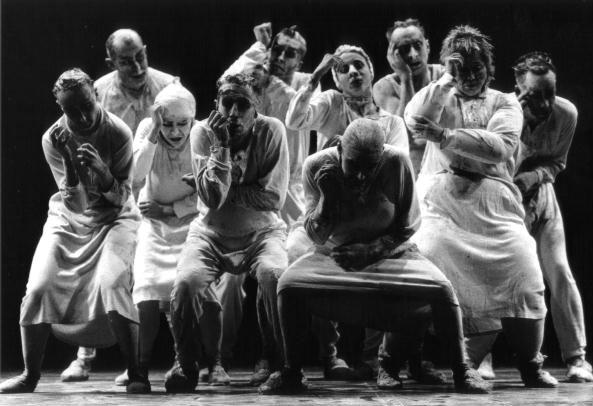Маги Марин
マギー・マラン
May B
May B, chorégraphié par Maguy Marin en 1981, n’en finit pas d’être. Plus de cinq cents représentations à ce jour. La pièce, étrange ballet-théâtre d’humains aux masques plâtreux fait le tour du monde depuis près de trente ans. Sans doute un fond de commerce pour la compagnie. Mais au-delà, cette pièce inspirée par l’oeuvre de Samuel Beckett est devenue un morceau culte d’anthologie de la danse contemporaine. May B est à nouveau en tournée à l’occasion du centenaire de la naissance de l’écrivain.“Ce travail sur l’œuvre de Samuel Beckett, dont la gestuelle et l’atmosphère théâtrale sont en contradiction avec la performance physique et esthétique du danseur, a été pour nous la base d’un déchiffrage secret de nos gestes les plus intimes, les plus cachés, les plus ignorés. Arriver à déceler ces gestes minuscules ou grandioses, de multitudes de vies à peine perceptibles, banales, où l’attente et l’immobilité “pas tout à fait” immobile laissent un vide, un rien immense, une plage de silences pleins d’hésitations. Quand les personnages de Beckett n’aspirent qu’à l’immobilité, ils ne peuvent s’empêcher de bouger, peu ou beaucoup, mais ils bougent. Dans ce travail, à priori théâtral, l’intérêt pour nous a été de développer non pas le mot ou la parole, mais le geste dans sa forme éclatée, cherchant ainsi le point de rencontre entre, d’une part la gestuelle rétrécie théâtrale et, d’autre part, la danse et le langage chorégraphique” explique Maguy Marin.

